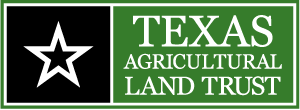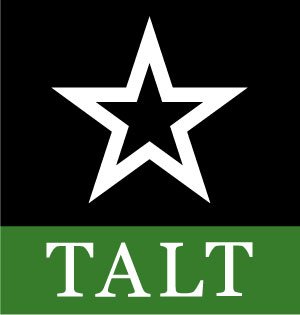Laurels Ranch
David K. Langford loves the Texas Hill Country land that his family has cherished for five generations. His passion for the land has informed his career as a professional photographer, and he has been a tireless advocate for working lands conservation and private property rights his entire adult life.
He was among a small group of private landowners who got their heads together in the 1980s to form the Texas Wildlife Association (TWA) to raise the profile of private land issues in Texas. He served as Executive Vice President of the organization until late 2001 and shepherded the organization as it became one of the leading voices for private landowners in Texas. At one point in his TWA career, he was also one of the loudest critics of conservation easements.
A 2005 trip to Billings, Montana for a meeting of the Partnership of Rangeland Trusts with his friend Blair Fitzsimons changed that. At the time, Fitzsimons was exploring conservation easements as a potential tool to stem the rapidly increasingly loss of working lands in Texas. What Fitzsimons and Langford learned in Billings was that conservation easements, properly used, could be a powerful tool for landowners to keep working family lands intact in perpetuity. That seminal trip ultimately resulted in the formation of the Texas Agriculture Land Trust (TALT) in 2007.
In October 2020, TALT closed on a donated conservation easement on Langford’s beloved Laurels Ranch in Kendall County. Laurels Ranch is his family’s part of the historic Hillingdon Ranch, which has been in Langford’s extended family for seven generations. Langford’s wife, Myrna, his children and their spouses, and four grandchildren were all involved and on board with the decision that will forever affect future generations of their family.
The easement protects 298.1 acres in one of the fastest growing areas in the country. According to the Texas Land Trends report from the Natural Resource Institute at Texas A&M University, more than a quarter-million acres of farms and ranches in Central Texas were converted to other uses between 1997 and 2007.
Laurels Ranch is home to numerous native and exotic species, including Rio Grande wild turkey, migratory waterfowl, native and migratory songbirds, and white-tailed deer. Exotic and non-native species of both plants and wildlife are carefully controlled. Block Creek runs through the property, together with numerous flowing springs, and all feed the Guadalupe River system downstream.
“David K. Langford has been a leading voice for private land stewardship for decades,” says TALT CEO Emeritus Blair Fitzsimons. “Now he’s a leading voice for the value of a conservation easement for working lands. TALT is honored to play a role in preserving the legacy of his family’s land for generations to come.”
Langford’s extended family is looking to him to share what he’s learned as he navigated through the easement process. Other members of Langford’s extended family own other parcels of land that once made up Hillingdon Ranch are likely to follow suit with an easement to protect more of the historic ranch.
“I’ve unashamedly come full circle on the topic of conservation easements,” said Langford. “Today, I find myself extolling the benefits of conservation easements to my extended family and to anyone who will listen.”
Langford believes that a conservation easement, properly executed, can build a retaining wall around a family’s land legacy. He cautions that it is not an easy process.
“We have poured ourselves into this process for almost four years,” he said. “It is exceptionally challenging to predict what will be right forever. The Texas Agricultural Land Trust is our family’s partner in perpetual conservation. It is a voluntary solution that works for us.”
Photos by David Langford & Wyman Meinzer




